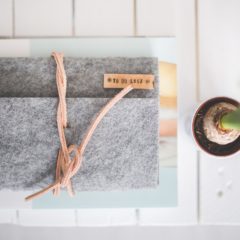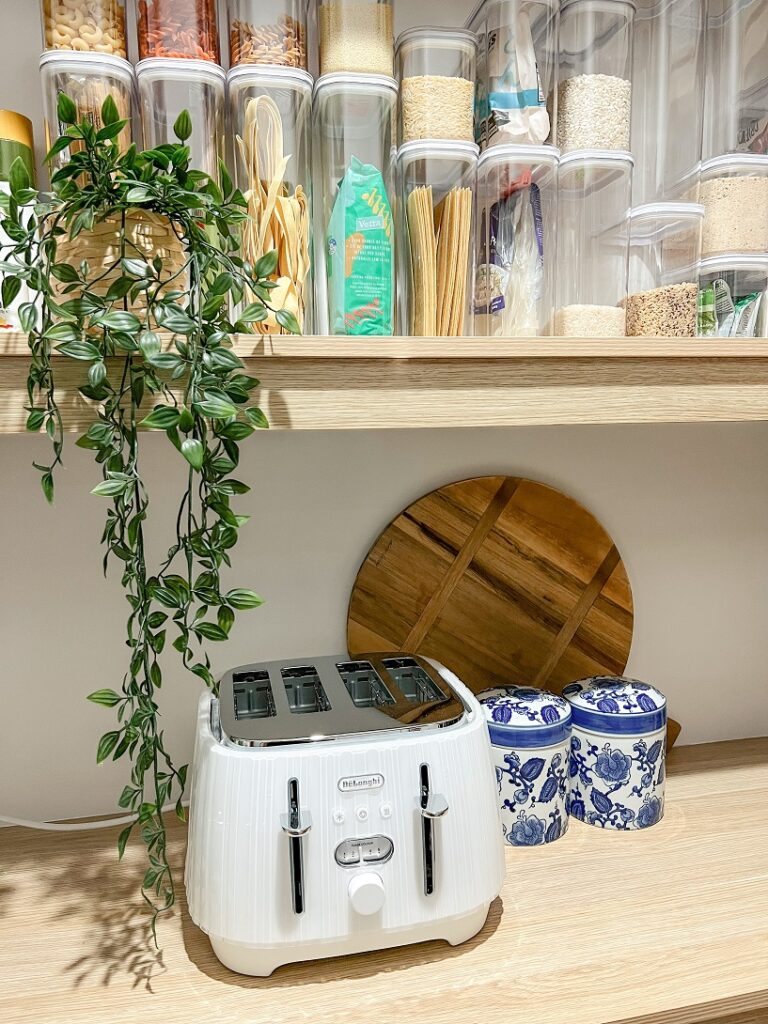
Do you end up buying something at the grocery store only to find you already had one at home? Or find out-of-date food items buried at the back of a shelf?
I’ve listed below step-by-step instructions on how to organise your pantry. Keeping your pantry clean and organised not only makes it easier to find things and looks great, but it will make time spent in the kitchen more efficient and also less money wasted buying products you already have.
How to create an organised pantry……
The first thing I suggest is not overstocking the pantry. If you keep bulk supplies, keep these separate from your everyday items. Buy only the items that you need and restock them from the store or your bulk supply cupboard when they run out.
Organise your pantry food items into categories, such as a section for rice and pasta, an area to stack cans and jars, a shelf for condiments, or a basket for cereal packets.
1. REMOVE EVERYTHING FROM THE PANTRY
The first thing I always do when organising a space is to remove everything from the shelves and drawers. It’s important to declutter and remove items that are out of date or that you just don’t use. Decide what to keep and discard the rest. Have a clear space ready such as the kitchen bench or dining table to stack the items.
2. CLEAN AND SORT ITEMS
Once you have removed everything from your pantry and sorted what you will be keeping it’s time to clean. Wipe over all shelves and drawers. Clean bottles, jars, and containers as well.
Sort items into categories, such as all cans together, baking items together, and so on. This allows you to see exactly what you have. Do you have multiples of some items or are you running low on others?
Look through your items again and remove anything you decide you don’t need to keep. If you have long-life items that are in date you may be able to donate them to a food bank.
3. STORAGE CONTAINERS AND LABELS
When you organise your pantry it’s important to choose the right storage options for the job. I’ve tried various methods of food storage over the years but I’ve come to find that clear modular containers work best. The containers you choose should be airtight to preserve the quality of the food.
I prefer not to use cane, wicker, and woven baskets as storage as they tend to attract mold and insects. I prefer modular plastic containers that are BPA-free. They are durable, airtight, stackable, and easy to clean. Rectangular and square containers work best to maximise storage space.
Decanting food from their store packets into clear containers has many benefits. It’s easier to see what you have and exactly how much of the product is remaining. Containers are able to be stacked, allowing you to maximise storage in your pantry. Containers make it easier to organise your pantry and keep everything neat and tidy.
You can place labels on the outside of the containers to allow you to know what’s inside. I prefer a more simple look in my pantry so I place a label under the container out of view. The label contains the best-before date, the name of the product, and occasionally any product-specific cooking instructions.
Use durable and easy-to-clean tubs and containers to stack items like chip packets or other items that need to remain sealed in their packets until use. I use a mix of wire baskets and plastic boxes. I also use them to hold items like sauce bottles and oils to keep them together and stop any staining on the shelves from drips.
4. ORGANISE YOUR PANTRY FOR EVERYDAY USE
When it comes time to place items back into the pantry think about how you use your products. I like to group all my sauces and oils together at eye level and at the front as I reach for these items often when cooking. I stack all cans and jars together in rows on the lower shelves. Packets and boxes are placed into wire baskets down low. Items like pasta, rice, cereal, nuts, and baking goods are decanted and stacked in airtight clear containers on the shelves.
Organise your pantry in a way that works for you and your family.
It’s also a good idea to set up an area to hold snack food or a drawer or box to hold children’s food and snacks so it’s easily accessible for them. If you have school-aged children you could create a container specifically to hold items for their daily lunch boxes.
If someone has specific dietary needs, label another container to enable their items to be kept separately.
Once you organise your pantry its easier to find things at first glance
Whatever size your pantry may be, big or small it simply comes down to organisation in order to maximise available storage. After you organise your pantry spend a little time making sure everything is in its correct place to keep things neat and tidy. Whenever I am putting away the weekly groceries I take a moment to straighten up cans and bottles, tidy packets, and bring items to the front of the shelves.
Ready to get the whole kitchen organised, read these articles to find out more.
How to organise your kitchen drawers and cabinets.
How to clean and organise your fridge.
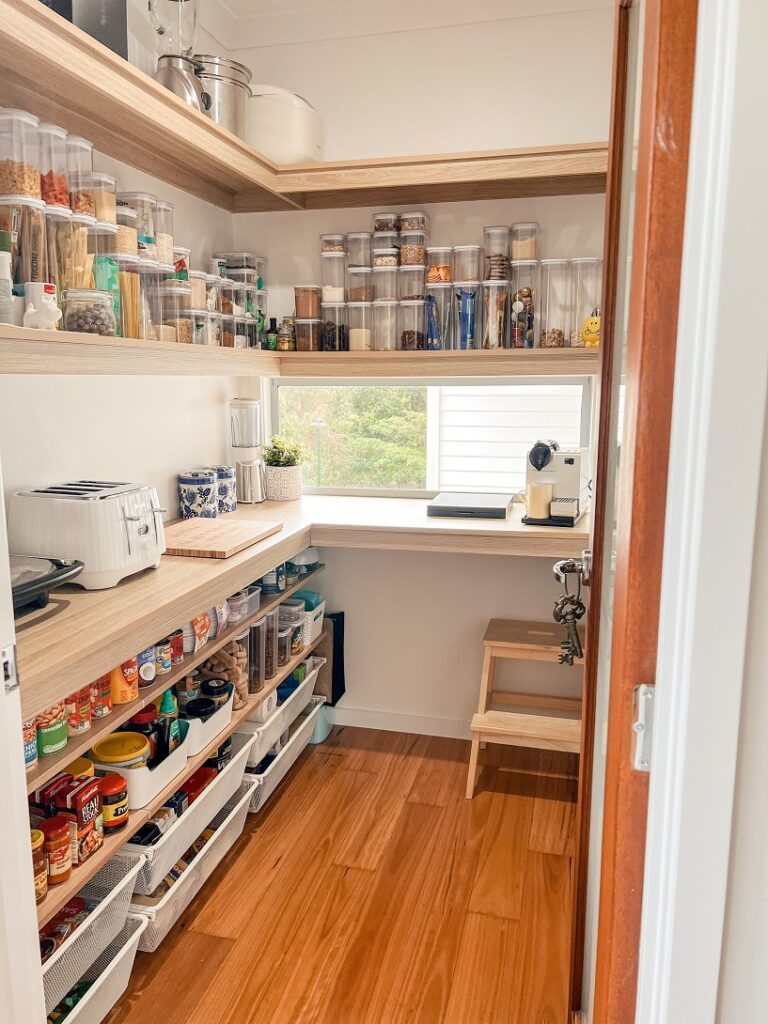
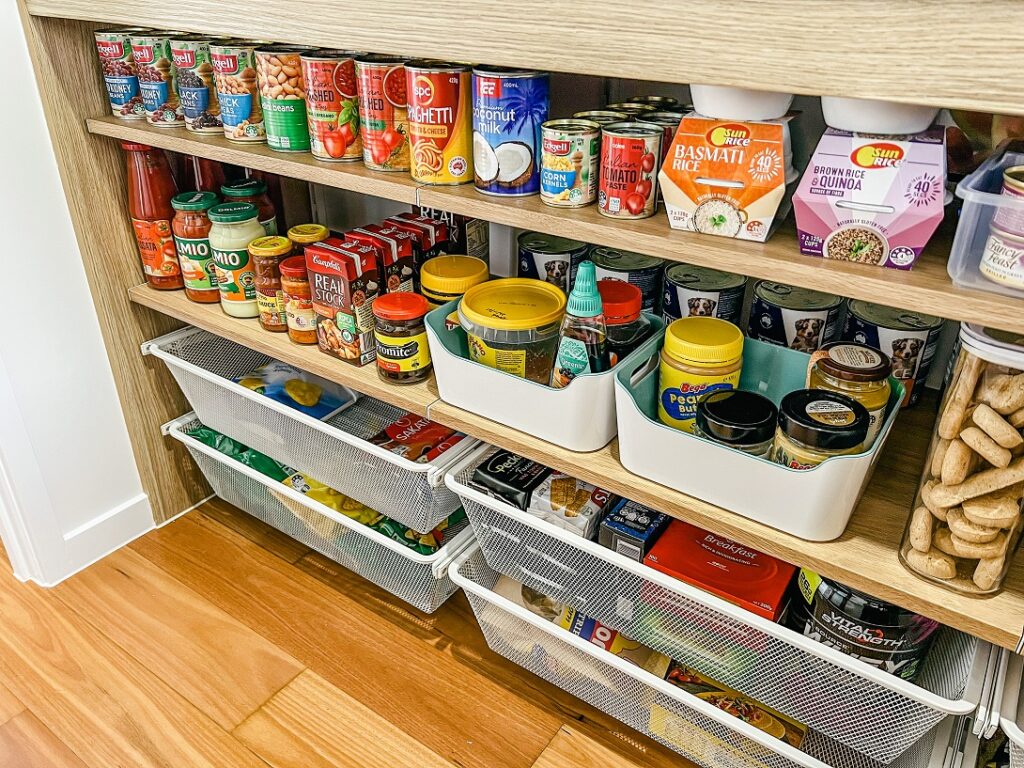
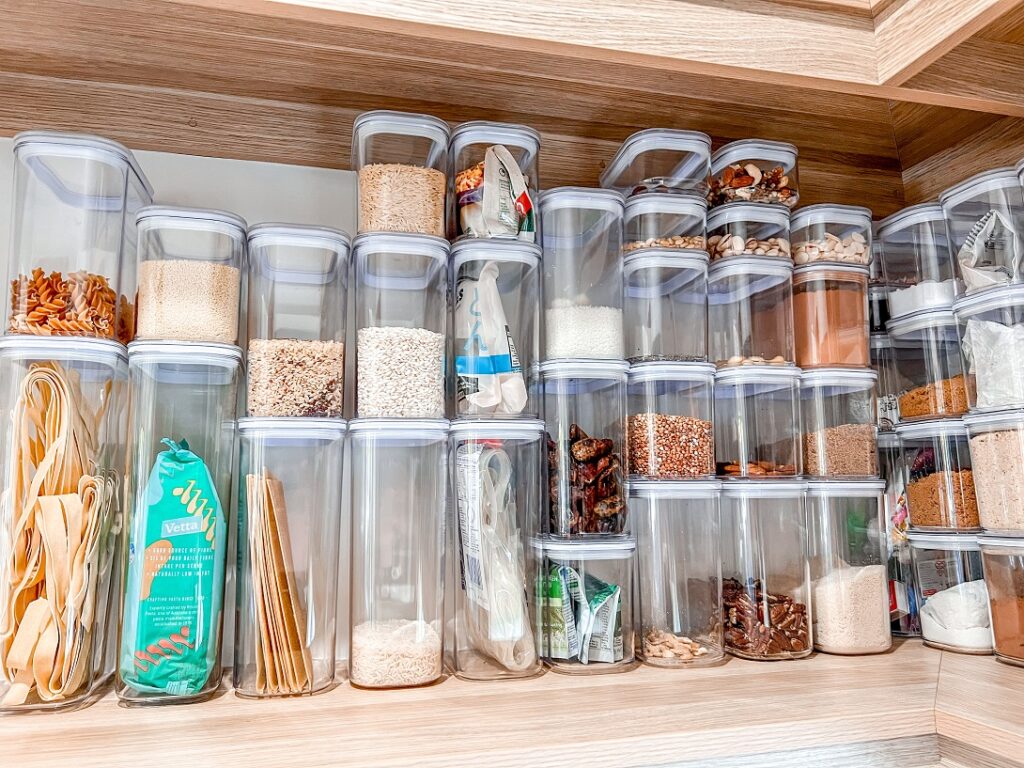
Follow me on Instagram @organisedchic
Facebook page Organisedchic


